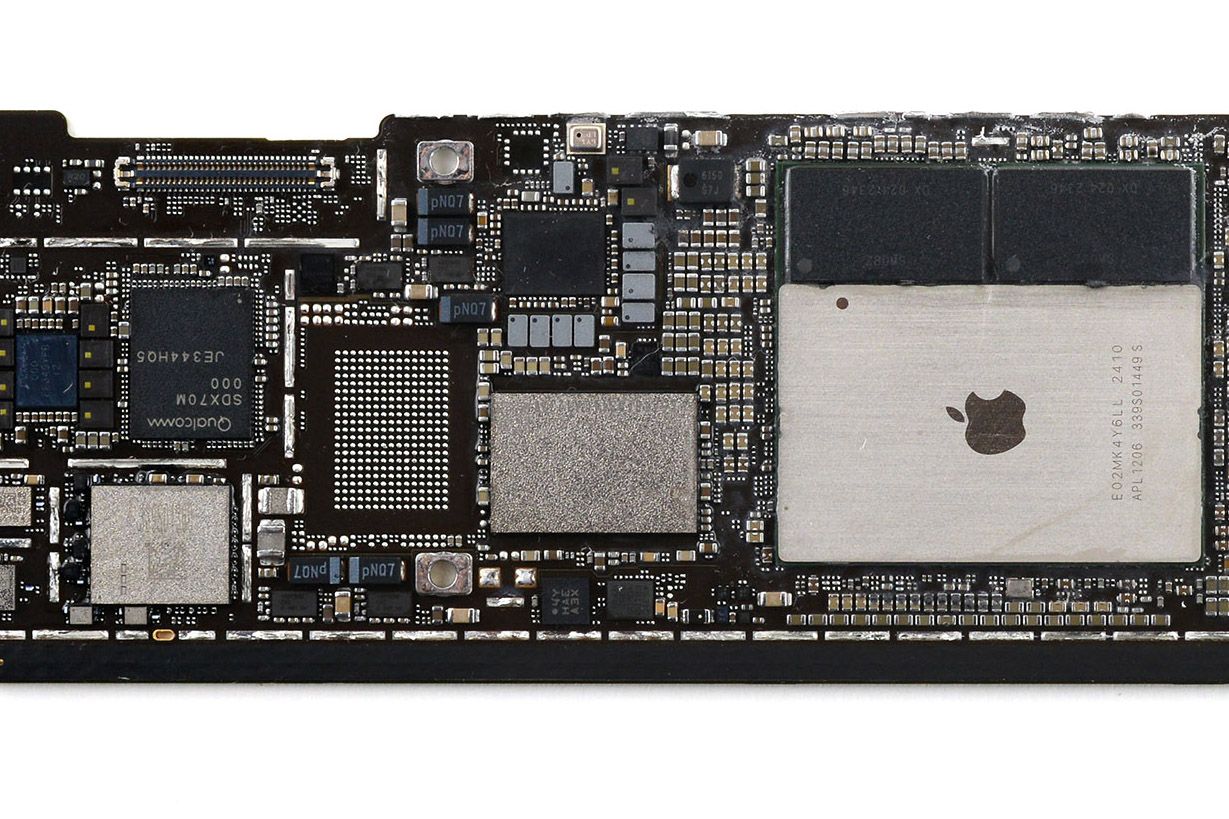OK, I see your confusion, and that slightly lessens mine. I *think* you're making an assumption here, which is what was getting at in my post, but I may just be missing something still.
My point was that that there are not just two variables here - or at least, I don't think there are. Do we *know* that the GPU is the same GPU as in the M3? (I am not aware of any clear conclusions about this one way or the other, except that it's clearly not extremely different.) Because if it isn't, then there are at least three significant factors that can change the outcomes of the tests - clock speed, memory bw, and arch changes.
That's what I was getting at - you seemed to be dismissing the possibility of arch changes, and I don't get how the data supports that conclusion. To me it doesn't seem to show much of anything one way or the other about that, and I thought you were claiming that it did. But now I think I see that instead that was your assumption from the start, and you're making conclusions about clocks vs. mem bw based on that... which is completely reasonable *if* you already know the arch didn't change.
Does that make more sense?


